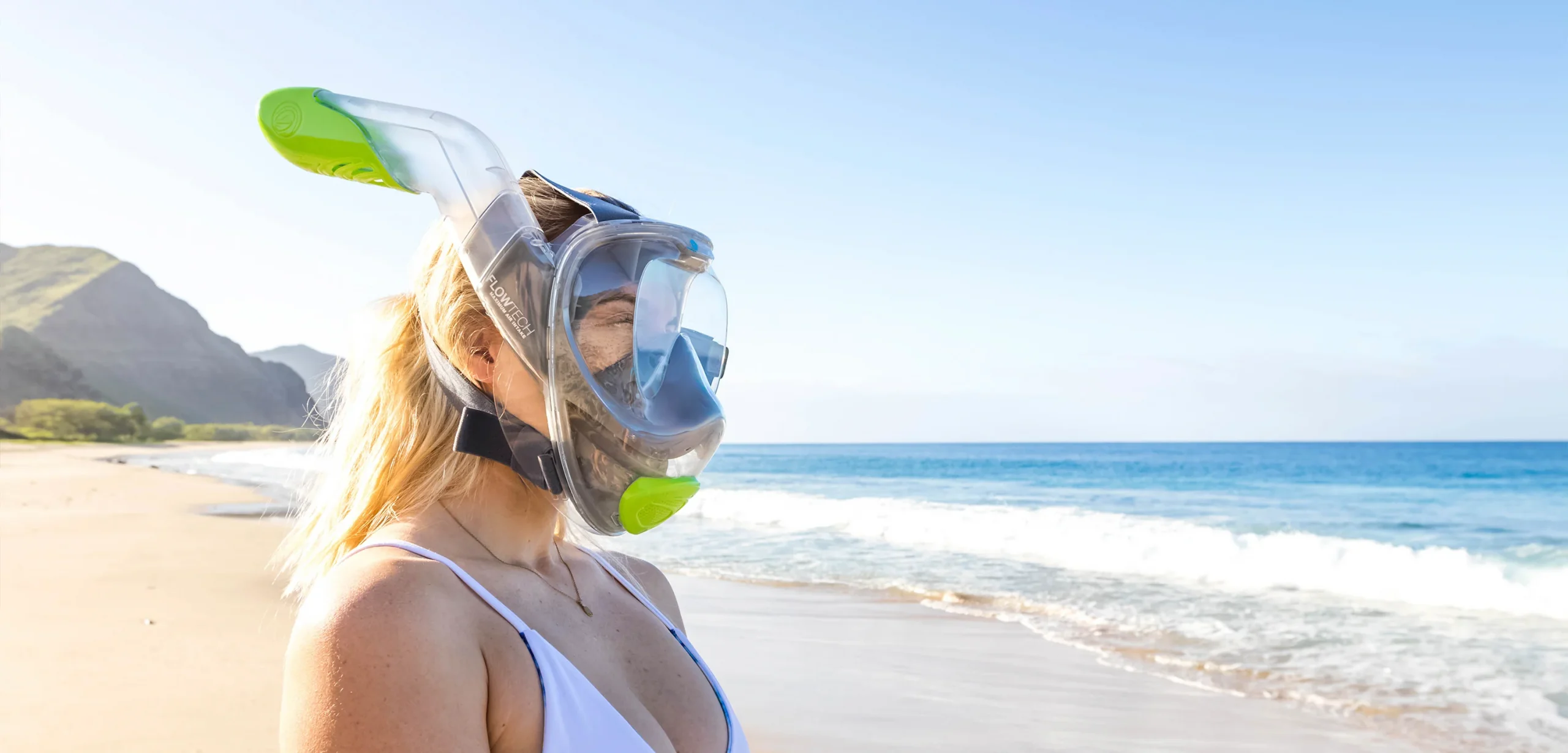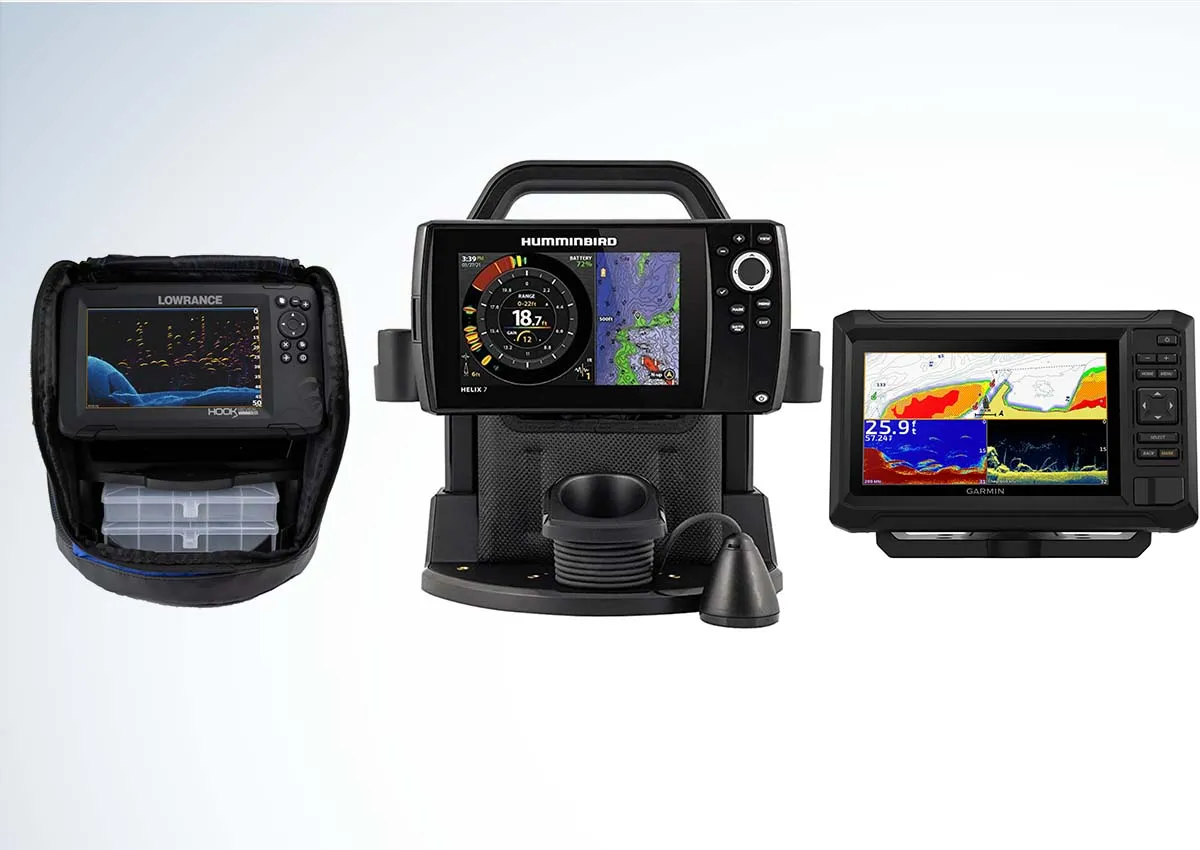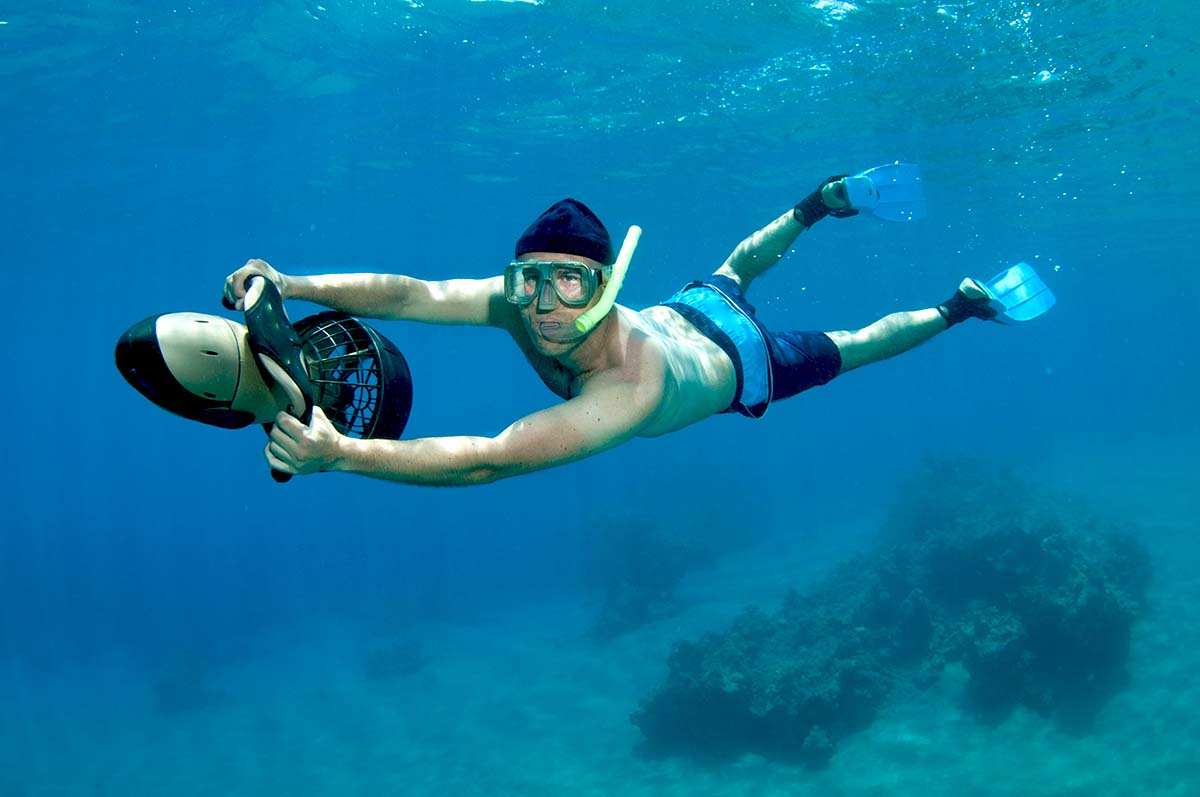What Should You Do If Your Small Craft Capsizes in Swift Water? Essential Survival Tips
What should you do if your small craft capsizes in swift water?
Capsizing can be a frightening experience, especially in swift water. If your small craft capsizes, the most important thing to do is stay calm. Put on a life jacket if you aren't already wearing one.

Keep everyone together and stay with the boat unless reaching the shore is absolutely safe and certain. Remember, a capsized small craft can still float.
Floating on your back with your feet downstream helps you avoid obstacles and stay safe. Avoid standing or walking in swift-moving water to prevent getting trapped between rocks. Using the current safely and signaling for help can significantly increase your chances of rescue and survival.

Key Takeaways
- Stay calm and wear a life jacket.
- Float on your back with feet downstream.
- Stay with the boat and signal for help.
Understanding the Risks
Capsizing in swift water presents unique challenges. Swift currents, cold water temperatures, and potential obstructions create risks that need immediate attention to avoid serious injury or drowning.
The Dynamics of Swift Water
Swift water can move at high speeds, making it unpredictable and dangerous. The current exerts force on both the craft and the individuals in the water.
Strong currents can quickly carry individuals away from their craft. It’s crucial to stay on the upstream side of the capsized craft. The downstream side can be hazardous due to the possibility of getting trapped or crushed against an obstacle.
In rough water, visibility can be limited. Turbulent water can make it hard to spot hazards, increasing the risk of injury.

Hypothermia and Cold Water Risks
Cold water can quickly lead to hypothermia, a condition where the body loses heat faster than it can generate. This is a serious risk even in warm weather because swift water is often fed by cold mountain streams or snowmelt.
Hypothermia signs include:
- Shivering
- Numbness
- Confusion
Heat loss occurs rapidly in cold water, so it’s essential to minimize exposure. Wearing a life jacket can help keep you afloat and reduce the effort needed to stay above water, which conserves body heat.

Recognizing Obstructions and Hazardous Areas
Obstructions in swift water can be life-threatening. Submerged rocks, fallen trees, and man-made structures pose significant dangers. These elements can create strong eddies and hydraulic jumps, trapping individuals underwater.
It is crucial to identify and avoid areas with a high concentration of hazards:
- Look for calm water near obstacles which may indicate underwater dangers.
- Be aware of debris caught in the current which can signal obstruction ahead.
Staying alert and maintaining situational awareness is key to avoiding these hazards and increasing the chances of a safe recovery or rescue.
Preparation and Preventive Measures
Being prepared and taking specific precautions can significantly reduce the risks if your small craft capsizes in swift water. Key areas include having the right safety gear and ensuring the proper distribution of weight on the vessel.
Essential Safety Equipment
It's critical to have the right safety equipment on board. Make sure everyone on the craft wears a life jacket or personal flotation device (PFD). A PFD keeps a person afloat and visible in the water.
A bailer or bilge pump is also necessary to remove water from the vessel. These tools help keep the boat from getting too heavy and sinking.
An engine shut-off line attached to a wrist or life jacket can stop the engine if someone falls overboard. This prevents the boat from running away or causing injury.

Proper Loading and Weight Distribution
How you load and balance your craft is essential for safety. Avoid overloading the boat, as it can increase the risk of capsizing. Knowing the boat's weight capacity helps keep the load within safe limits.
Maintain a low center of gravity by placing heavy items on the boat's floor. This stabilizes the craft, making it less likely to tip over.
Spreading weight evenly across the boat also helps. Uneven weight distribution can cause the boat to lean and take on water. By following these steps, you enhance the boat's stability and safety on the water.
Immediate Actions Post-Capsize
When a small craft capsizes in swift water, it is crucial to stay calm, assess the situation, and focus on conserving energy and buoyancy. Follow these key steps to ensure safety and increase the chances of rescue.
Staying Calm and Assessing the Situation
Staying calm is vital. Panic can lead to poor decisions. Take a deep breath and quickly check your surroundings. Determine if anyone is hurt and if personal flotation devices (PFDs) are securely fastened.
Identify the upstream side of the craft, which is the safer side to float on. This prevents being crushed by the boat against rocks or debris. Avoid standing or walking in swift water to prevent foot entrapment.

Conservation of Energy and Buoyancy
Conserving energy is essential. Float on your back with your feet pointed downstream to help navigate any obstacles. This also keeps your head above water. Use minimal movements to avoid tiring out quickly.
Hold onto the boat if it is safe and possible, as it provides additional buoyancy. If separated from the boat, use any floating debris, like paddles or coolers, to help stay afloat until rescue arrives.
Lastly, adopt the HELP (Heat Escape Lessening Posture) position to conserve body heat, especially in cold waters. Bring your knees to your chest and hold your arms close to minimize heat loss.
Self-Rescue Techniques
When a small craft capsizes in swift water, knowing how to maneuver safely is crucial. Below are some specific techniques to enhance your chances of rescue and survival.
Maneuvering to Safety
Maintaining a calm mindset is essential. Panic can lead to poor decisions. Always wear a life jacket before embarking on any water adventure.
When the craft flips, try to float on the upstream side of the vessel. This prevents the risk of getting crushed against obstacles. Keep your feet up and pointed downstream to avoid foot entrapment or injuries from submerged rocks.
If you find yourself in particularly fast-moving water, avoid standing or attempting to walk. The current can easily knock you over and trap your feet.
Remember to use your paddle or arms to steer yourself away from hazards and toward calmer waters or the shore. Assess the water conditions and your swimming abilities before deciding to swim to safety.
Assisted Rescue
When a small craft capsizes in swift water, getting assistance is critical. Signaling for help and using effective rescue techniques can make a big difference in safety and survival.
Signaling for Help and Communication
Signaling for help is crucial in a capsize situation. Distress signals, like flares or an emergency strobe light, are effective in attracting attention. Using a whistle can also be very useful, as the sound can travel far over water.
Using a communication device, such as a waterproof VHF radio set to channel 16, allows direct communication with rescue services. It's essential to call for help immediately and clearly describe the situation.
In cold water, staying warm while waiting for rescue is also crucial. Keeping close to the craft can provide some protection and aid in visibility.
Using Rescue Devices and Techniques
Having the right rescue devices on board can save lives. Throwable flotation devices like life rings or cushions can be tossed to those in the water to keep them afloat. Ensure everyone on board knows how to use these devices properly.
Rescue techniques include pulling individuals to safety using rescue lines or lifebuoys. If rescuers arrive, cooperating fully with their instructions is vital. Never attempt to stand in swift water, as submerged rocks can trap your feet, pulling you under. Instead, float on your back with your feet pointed downstream to protect your head and body from impacts.
Reaching the Shore
Getting to the shore safely from a capsized small craft in swift water involves understanding the water's current and using navigation aids to your advantage. It's crucial to stay calm and follow these steps.
Navigating to the Nearest Land
When capsized in swift water, always float on the upstream side of the boat. This helps avoid being crushed if the boat hits an obstruction downstream.
Keep your feet up and point them downstream to steer around obstacles and prevent foot entrapment between submerged rocks.
Use navigation aids like buoys or markers to guide you to the nearest land.
Look for calm spots or eddies in the water, as these areas can make it easier to paddle or swim to shore.
If possible, wear a personal flotation device to conserve energy.
Swim diagonally toward the shore, aiming for a downstream target. This allows the current to assist, rather than hinder, your progress.
Maintain a steady, controlled pace to avoid exhaustion.
Once you reach the shore, secure yourself and check for any injuries or signs of hypothermia.
Post-Rescue Considerations
After being rescued from a capsized craft in swift water, it's crucial to address potential health risks and assess any damage to the craft. This ensures safety and readiness for future outings.
Treating Hypothermia and Preventing Heat Loss
Safety is the first priority after a rescue.
Hypothermia can occur if someone has been in cold water for too long. Look for signs like shivering, confusion, and slurred speech.
To warm up, provide dry clothing and blankets as soon as possible.
Minimize heat loss by covering the head and keeping the person dry. Warm, non-alcoholic, non-caffeinated drinks can also help.
If hypothermia is severe, seek medical help immediately.
Do not rub or massage the person’s extremities, as this can cause further complications.
Damage Assessment and Repair
Once everyone is safe, assess the damage to the craft. Look for holes, cracks, or signs of collision that might cause sinking. Check vital areas like the hull and motor.
If water has entered the craft, use a bilge pump or bailer to remove it.
Check for plugs and ensure they are secure.
Temporary repairs can include using waterproof tape or patches to seal minor leaks.
Regular maintenance can prevent future incidents. Inspect the craft before each outing and keep a repair kit on board. This ensures your craft remains seaworthy and safe for future trips.
Learning and Improvement
When dealing with a capsized small craft, it is essential to review what went wrong and seek further education and training to prevent future incidents.
Reviewing What Went Wrong
After a capsizing event, boaters should review the circumstances that led to the situation.
Analyze factors like weather conditions, water currents, and boat handling.
- Was the weather unexpectedly harsh?
- Were there strong currents?
- Did the boat have balanced weight distribution?
Discussing these points with fellow boaters can provide new insights.
It's important to document observations immediately for future reference.
Peer reviews and community forums can also provide valuable feedback.
Educational Resources and Further Training
Continuous education is key for improving boating skills.
Several resources can help enhance safety knowledge and techniques:
- Boating safety courses: Many organizations offer classes on emergency procedures, including how to handle a capsized boat.
- Online tutorials and videos: These can provide visual guidance.
- Hands-on training: Practical experience is vital. Join workshops or take part in drills organized by boating clubs.
Using these resources helps ensure better preparedness for emergencies and fosters confidence on the water.
Frequently Asked Questions
When a small craft capsizes in swift water, it's important to stay safe, act quickly, and follow the right procedures to avoid dangers and ensure everyone's well-being.
How can you safely recover from a capsized boat situation?
To safely recover, stay on the upstream side of your boat to avoid being pinned against obstacles.
Hold onto your boat as it provides flotation. If possible, try to re-right the boat or swim to shore.
What are the first steps to take immediately after a small vessel capsizes?
First, check for injuries among passengers.
Ensure everyone is accounted for and wearing life jackets.
Stay with the boat if it provides flotation and assess the surroundings for hazards like rocks or strong currents.
How should a passenger be retrieved safely when they fall overboard?
Approach the person from downwind or downstream.
Throw a flotation device if they are conscious.
Carefully pull them back aboard, supporting their weight to avoid sudden movements that could destabilize the boat.
What precautions should be taken before towing skiers with a boat?
Ensure all skiers wear life jackets.
Use a spotter to watch the skier at all times.
Maintain a safe speed and keep clear of other boats, swimmers, and obstacles.
Always follow local regulations and guidelines for towing.
In the event of a swamped boat near the shore, what actions should you prioritize?
Prioritize getting everyone to shore safely.
If the boat is swamped but floating, use it as a flotation device.
If close to the shore, swim with the current to the nearest safe landing point, and signal for help if needed.
Before discharging a firearm from a small boat, what safety measures should be ensured?
Ensure the boat is stable and anchored to prevent movement. Also, make sure all passengers wear life jackets.
Confirm the area around and behind the target is clear. Additionally, keep firearms pointed in a safe direction when not in use. Finally, follow all local laws and regulations regarding firearms on watercraft.
Charlie is Editor-in-Chief of Sea Magazine







